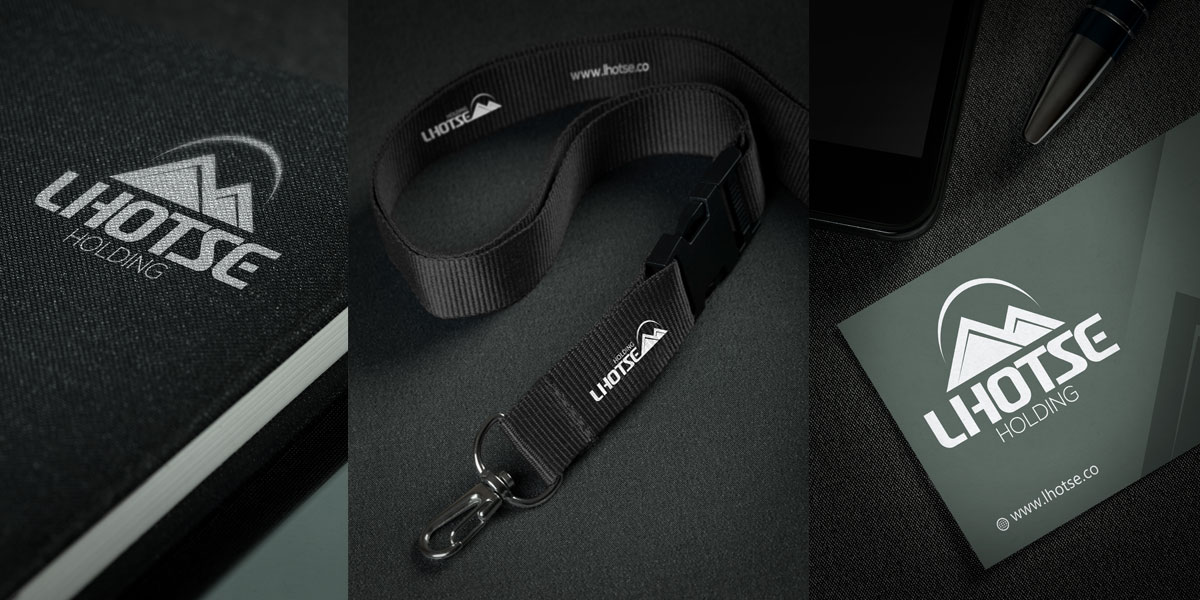One of the most essential branding techniques that every business should use is to have a guide to brand visual structure that many collections have little information about this important and influential discussion.
Let us first know why a style guide or brand visual structure is important.
Having a Visual Identity Guide ensures that all your visual elements are fully integrated, no matter what year or by which collection they are produced. In other words, the style guide contains all the information that is necessary to create all the visual elements needed for a collection.
If you are planning to launch a website for your collection, decide on how to advertise your business, or design the formal and informal layouts of your company, having this visual document will breathe new life into your endeavors.
So, if the style guide or brand book is so important, why not all the executives work to build it? The biggest reason is the issue of time. These types of branding techniques need research and development and their creation requires time and energy.
But imagine, on the other hand, how long it takes to explain to each of your designers that they always leave a few inches of space around the brand logo!
Let us first know why a style guide or brand visual structure is important.
Having a Visual Identity Guide ensures that all your visual elements are fully integrated, no matter what year or by which collection they are produced. In other words, the style guide contains all the information that is necessary to create all the visual elements needed for a collection.
If you are planning to launch a website for your collection, decide on how to advertise your business, or design the formal and informal layouts of your company, having this visual document will breathe new life into your endeavors.
So, if the style guide or brand book is so important, why not all the executives work to build it? The biggest reason is the issue of time. These types of branding techniques need research and development and their creation requires time and energy.
But imagine, on the other hand, how long it takes to explain to each of your designers that they always leave a few inches of space around the brand logo!
Logo structure and location
Logo is the most important element of any brand and needs to be reflected in a harmonious way in all contexts. In the brand visual structure guide, you need to determine what your business logo will look like. It is also important to indicate under what circumstances it should not be used. Most designers are inherently creative, and it is important to specify what they should not do, in addition to the freedom to act in the design. This way, you can refer them to the style guide when needed.

Choose the color palette you use and stick to it
From one designer to another and from one bed to another, the colors used in a design may differ. For this reason, one of the most important points among branding techniques and establishing a visual identity structure guide is to specify the exact color code for web and RGB & HEX digital printing and the CMYK and Pantone values for offset printing items.
On the other hand, switching from RGB to CMYK can make a big difference, so all of these conversions must be manually checked to make sure they are accurate. This process will save you time and money when it comes to printing items.
On the other hand, switching from RGB to CMYK can make a big difference, so all of these conversions must be manually checked to make sure they are accurate. This process will save you time and money when it comes to printing items.
Choose fonts that reflect your brand identity
Font is also one of the influential parts in producing visual identity structure and you should observe harmony in typographies. Multiple typefaces are typically used for a variety of purposes. The brand style guide specifies where the font is used and how it is used.
Try Iconography to differentiate your business
Among the techniques of branding, iconography or iconography, helps to make a distinction. Iconography is included in the style guide or brand book to ensure that it is used correctly by designers. To make it easier to find these icons, specific sets of them can be linked together.

Have a specific style for your photos
The type of photography can also be a mirror that reflects your brand well. Keep in mind that special styles evoke specific responses, and often audiences can recognize a brand just by looking at a photo. If, like many other professions, images are important to your brand, then they should be included in the style guide and visual identity structure so that photographers can refer to it as a reference.
In this regard, note that photographers are visual people. So if in your visual style guide, you specify specific features for their work, be sure to provide examples so that they can refer to them.
In this regard, note that photographers are visual people. So if in your visual style guide, you specify specific features for their work, be sure to provide examples so that they can refer to them.
Do not forget the web-related elements
Nowadays, recognizing all brands on one or more online platforms has become a necessity. In this case, note that your website should be designed in a way that gives the audience the same feeling as all the other products of your business. Many of the ads you print are also reflected on websites and social networks, but there are issues with online items that you may not have thought about.
One of these is that a website often has several pages and each page should look related to the next page. In this regard, you need to decide which information is more important and consider a hierarchy to be used in the visual structure of the website (UI / UX).
One of these is that a website often has several pages and each page should look related to the next page. In this regard, you need to decide which information is more important and consider a hierarchy to be used in the visual structure of the website (UI / UX).
Be careful with the tone of your brand
Among branding techniques, brand tone is just as important as its visual identity. The tone and appearance of your brand should always maintain its integrity. In an ideal world, you would have a copywriter who consistently wrote all the content your brand needed, but in the real world, and often, that is impossible. For this reason, providing tips to authors to better understand your brand will prevent any scatter and inconsistency in this regard.
Note that this guide should define words, brand phrases, and slogans that are always repeated to the audience, as well as what words or phrases should not be used in any way.
Summary of branding techniques and visual identity structure
Now that you know the basics of one of the most important things in branding techniques, you are probably wondering if all of this talk is necessary for your brand as well. The answer may be no. Every brand needs different information. Some brand guides will be over a hundred pages long and others will require only one page of information. Determine what is most important to your business and cover them in a visual structure.
Note that this guide should define words, brand phrases, and slogans that are always repeated to the audience, as well as what words or phrases should not be used in any way.
Summary of branding techniques and visual identity structure
Now that you know the basics of one of the most important things in branding techniques, you are probably wondering if all of this talk is necessary for your brand as well. The answer may be no. Every brand needs different information. Some brand guides will be over a hundred pages long and others will require only one page of information. Determine what is most important to your business and cover them in a visual structure.

It is also important to know that brands are changing. The visual identity guide you design may take on a different shape over the next year. Be flexible but always keep old versions of guides for future reference.
The last thing you need to decide on is having a private or public document. Both of these options have their advantages and disadvantages. If the brand style and visual identity guide is available to the public, you will be able to provide all the necessary information to people with just a link, but the disadvantage of this choice is that anyone can build their brand based on it and branding techniques. Practically rob you.
It will be much easier to update your documents if you keep them in-house. On the other hand, since it is not available to someone outside the collection, you do not need to worry about its appearance, although it will be difficult to access it externally.
Ultimately, whether your brand visual structure guide is a fancy document that you make available to the public, or informal information that you store within the organization, the purpose of creating this guide is only one thing: Design path integrity!
The last thing you need to decide on is having a private or public document. Both of these options have their advantages and disadvantages. If the brand style and visual identity guide is available to the public, you will be able to provide all the necessary information to people with just a link, but the disadvantage of this choice is that anyone can build their brand based on it and branding techniques. Practically rob you.
It will be much easier to update your documents if you keep them in-house. On the other hand, since it is not available to someone outside the collection, you do not need to worry about its appearance, although it will be difficult to access it externally.
Ultimately, whether your brand visual structure guide is a fancy document that you make available to the public, or informal information that you store within the organization, the purpose of creating this guide is only one thing: Design path integrity!



